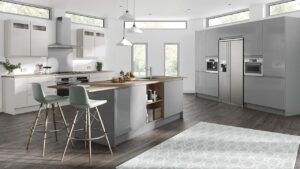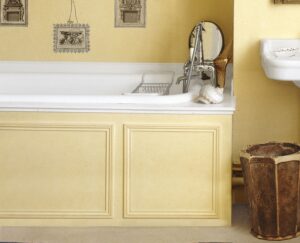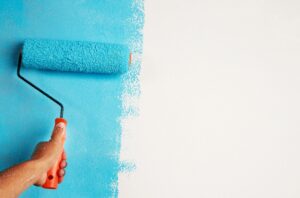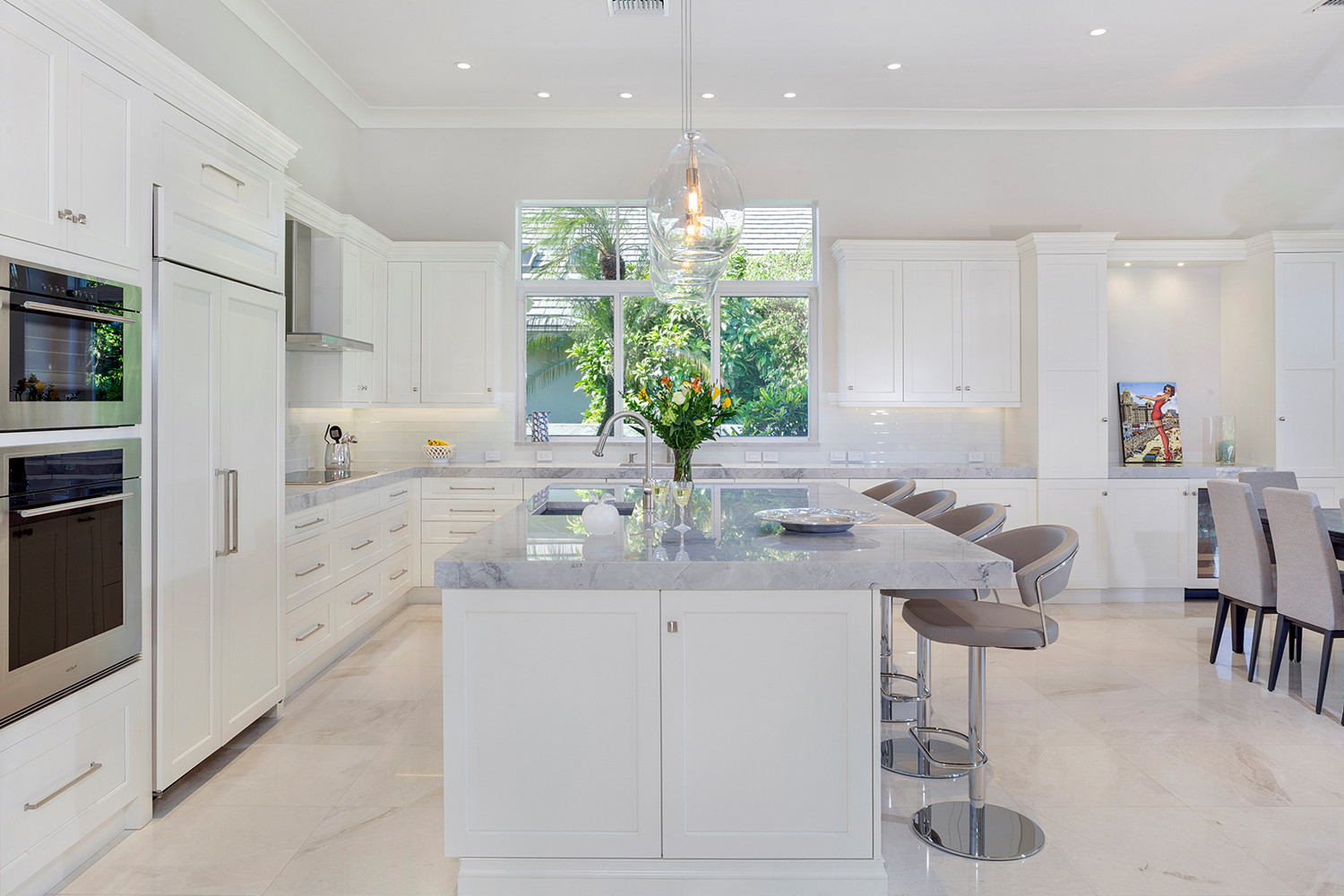
It’s a material that exudes sophistication and elegance, but it also has a dark side that needs to be acknowledged.
Marble is one of the most commonly used materials in majestic and magnificent residences. It’s a stone that’s taken from the heart of a mountain, polished and laminated, then delivered right to your door, complete with veins that make each slab unique. It allows you to create a wide range of structures, from furniture to floors and sinks.
It’s a material found in palaces and the most opulent hotels, which is why it’s been linked with exclusivity and extravagance for centuries. It has adorned the apartments of kings and princes, and it is featured in some of the world’s most revered and researched architectural works. However, this does not imply that it is just for these purposes. Marble can also be utilized on a kitchen floor, giving the space a refined and dignified sense without requiring the addition of any additional elements. However, there are certain disadvantages to consider while placing it, such as the fact that it is a stone with a low friction capability, which might lead to a high danger of slipping. This risk is amplified in places like the kitchen, where liquids are frequently spilled and can result in falls.
For all of this, we’ll start with the pros and then the cons so you can decide whether it’s worth it.
Advantages of Marble Floor
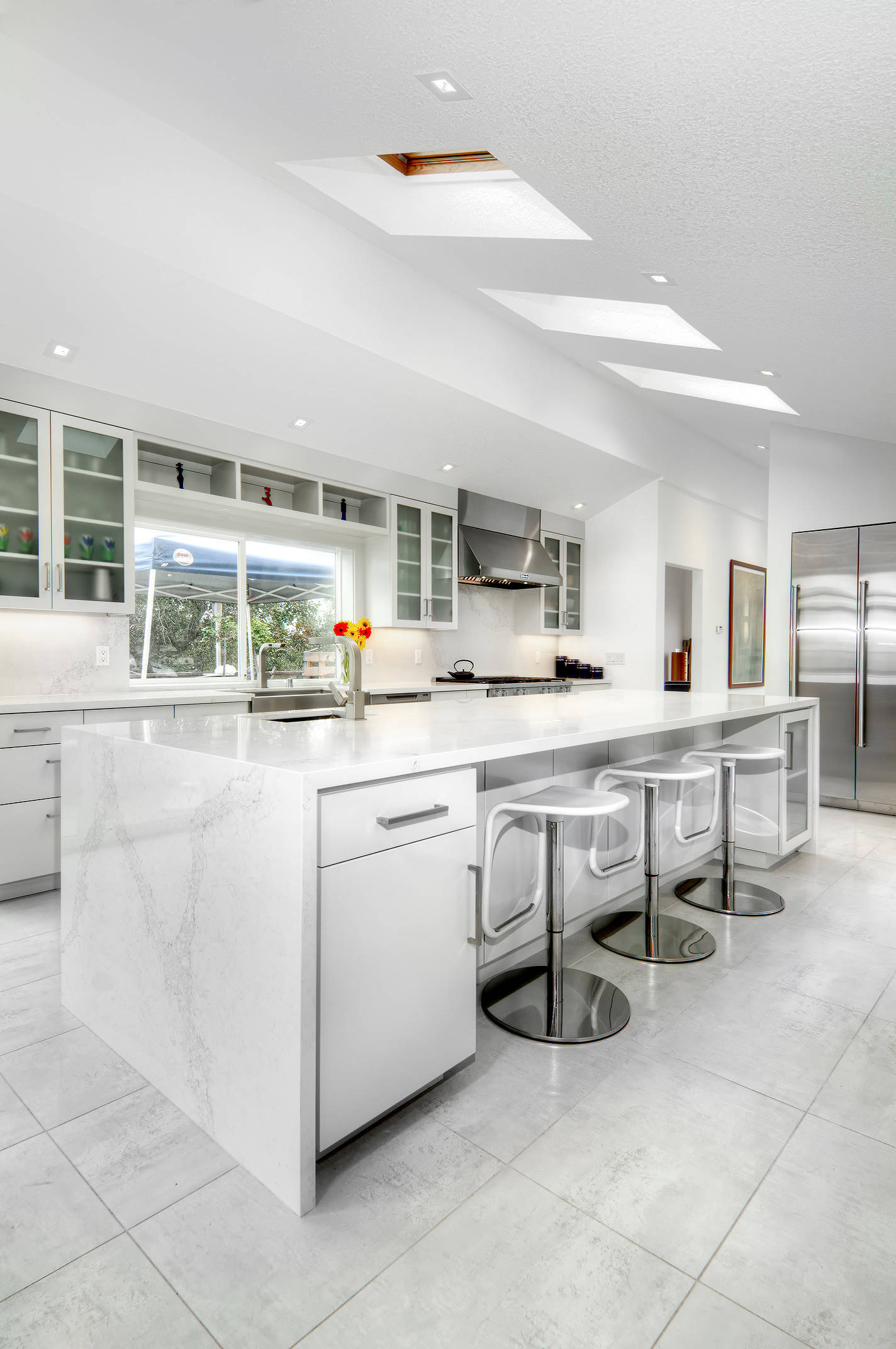
- Color and design, as well as personality: as previously said, the process of removing and preparing the material to be utilized in construction results in a finish that is unique to each item. The color is up to you, as the stone comes in a variety of colors to ensure that it blends in with the rest of the room. These qualities of the material create a distinctive distinction to each of the rooms that are decorated with it, since it will be rare to find another room with the same floor, and it is because of this uniqueness that this material has been so valued since ancient times.
- Another of its properties is that it can be polished to a high sheen, giving it a neatness and brightness that few other materials can match, and this feature is particularly appealing in the world of interior design and decoration. This polishing procedure also brings out the stone’s colors, which are normally in the same range but are distorted by the natural veins that give the material its distinctive appearance.
- Although marble appears to be an impenetrable stone, few people realize that it is slightly translucent, which is why it has been commonly used to sculpt sculptures because of its ability to transmit light. When it’s used to build floors, the light penetrates somewhat, giving it a gleam that makes spaces appear larger. Darker marbles, on the other hand, can produce a wonderful light play.
- Straight from nature. Despite its sophistication as a material, marble is a natural stone that may be found in its most basic form in the mountains. This makes it particularly appealing to those who are turned off by synthetic materials. Natural materials have limited supplies, so their price will generally be more than artificial materials. A house-made with natural materials will always be more prestigious in the eyes of others. It is also a recyclable material that, as part of the natural ecosystem, does not cause pollution at the end of its useful cycle, which is beneficial to individuals who value environmental stewardship.
Disadvantages of Marble Floor
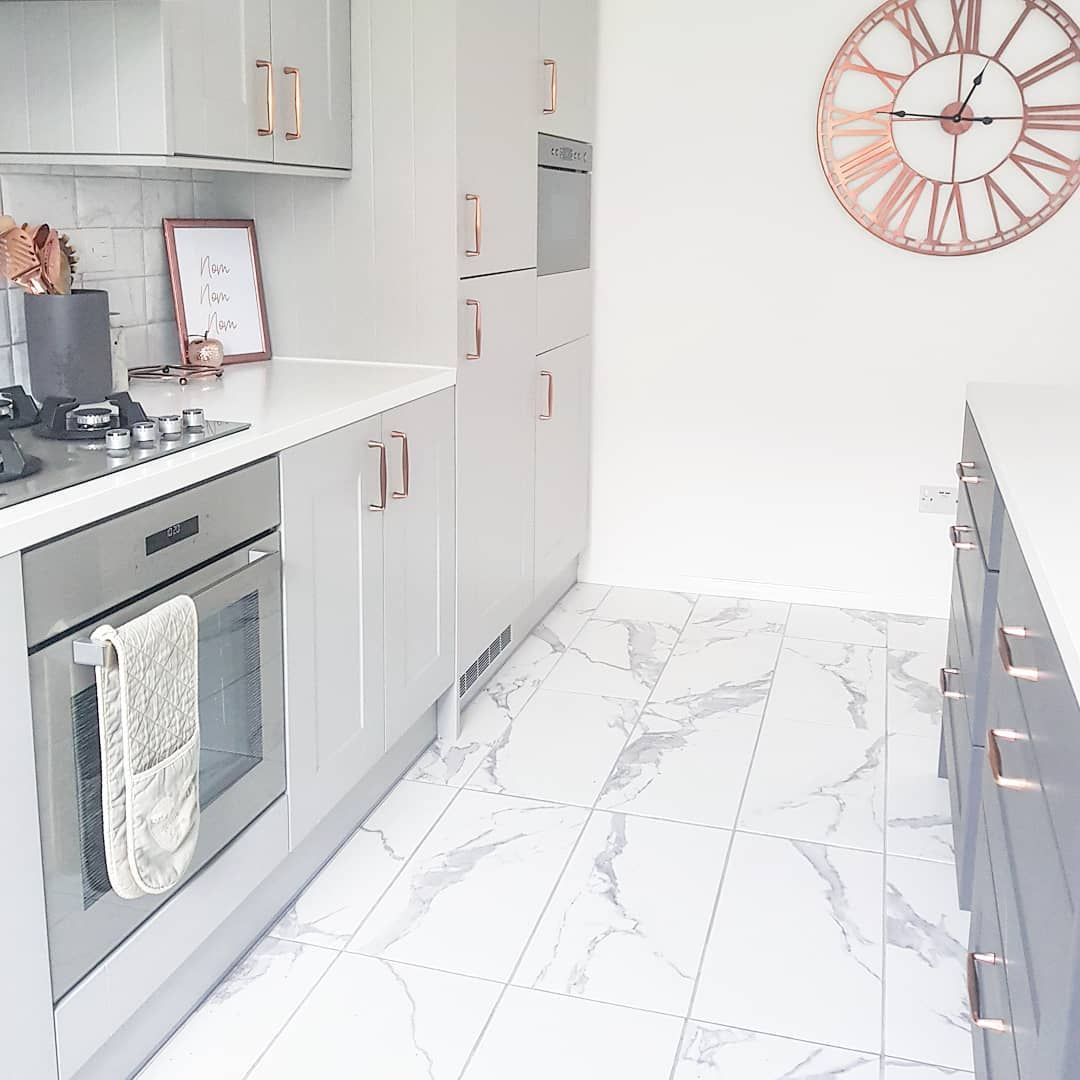
- When we think of marble, one of the first things that come to mind is its expensive cost. It is, in fact, one of the most expensive materials for kitchen flooring, a cost that is doubled if specific mosaics or tiles of varying sizes are required, as the larger they are, the greater the sensation of spaciousness and elegance. multiply.
- Because it is a rather soft stone, it is a delicate substance. If we consider the kind of activities that are typically performed in the kitchen, which entail sharp and pointed objects, it is not uncommon for a tile to be scratched. When we consider the movement of furniture on it, such as chairs at a kitchen table or a pet’s footprints, the surface might quickly deteriorate. Once this occurs, it will be important to enlist the assistance of a professional, as this is a sensitive task that should not be undertaken by just anybody.
- Aside from scratching, the material can also be discolored by some substance throughout the rest of its life due to its porosity and slightly alkaline makeup. When an acidic material interacts with it, a chemical reaction happens, which can be permanently engraved on the stone in the form of a stain. Given that we are discussing a room such as a kitchen, where food combinations are a common chore, we must consider whether we want to accept this risk, especially if we are talking about a home with small children, who will take less care to avoid this happening.
- The maintenance of this stone is time-consuming, and regular cleaning is insufficient. To avoid stains, it should be sealed with a chemical agent designed to seal the surface barrier, not just any; it is best to use the one recommended by the stone maker. This product protects the stone from external chemicals, dyes, and acidic compounds by forming an invisible layer on it. This sealant is not a one-time application; it must be used every six months or, at the very least, once a year to maintain its effectiveness.
- If a tile cracks, it is tough to replace. The difficulty can be set in a variety of ways. On the one hand, it is difficult to remove the tile that you want to get rid of, and on the other hand, if you only need to replace one portion, it will be tough to find one owing to the design quirk that we discussed at the beginning of the article. the slab that perfectly matches the ones you’ve already installed on your kitchen floor With the expenditure that this implies, it is frequently easier to replace the entire floor.
- Another factor to consider is that it is a naturally cold material that can be uncomfortable to walk on unless it is heated with a radiant floor heating system. On the other side, its hardness nearly guarantees the breakage of any fragile thing that falls to the ground by accident.
- To all of this, we must add that, despite the fact that it is a natural substance, recent environmental platform observations have cast a different light on it. And it is that these organizations point out that mining equipment and quarry saws emit greenhouse gases, and that transporting these heavy materials over great distances overseas has a large fossil fuel cost.
Now that you’ve learned everything there is to know about this material, it’s up to you to decide whether or not to use it in your kitchen. Keep in mind that some of these benefits and drawbacks are hypothetical, so now may not be the best moment to install a marble floor, but later maybe.


